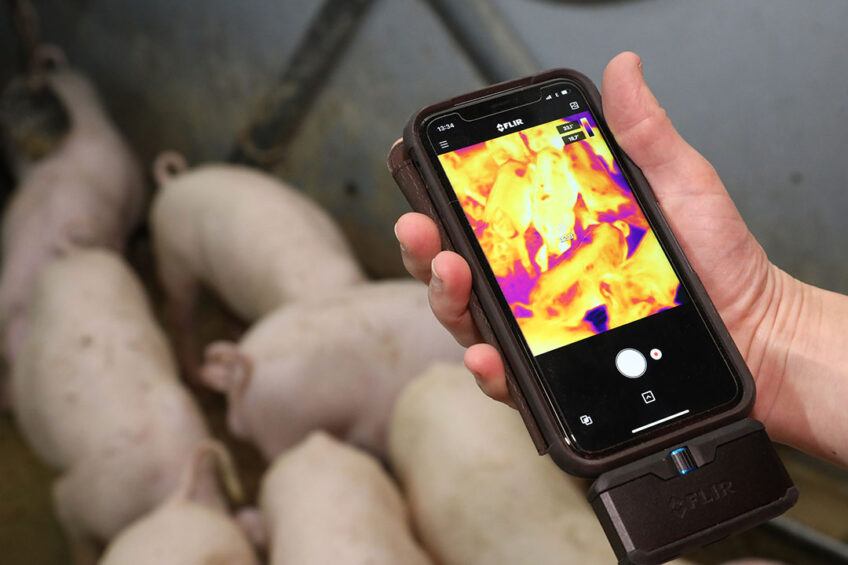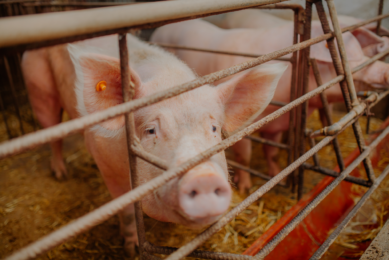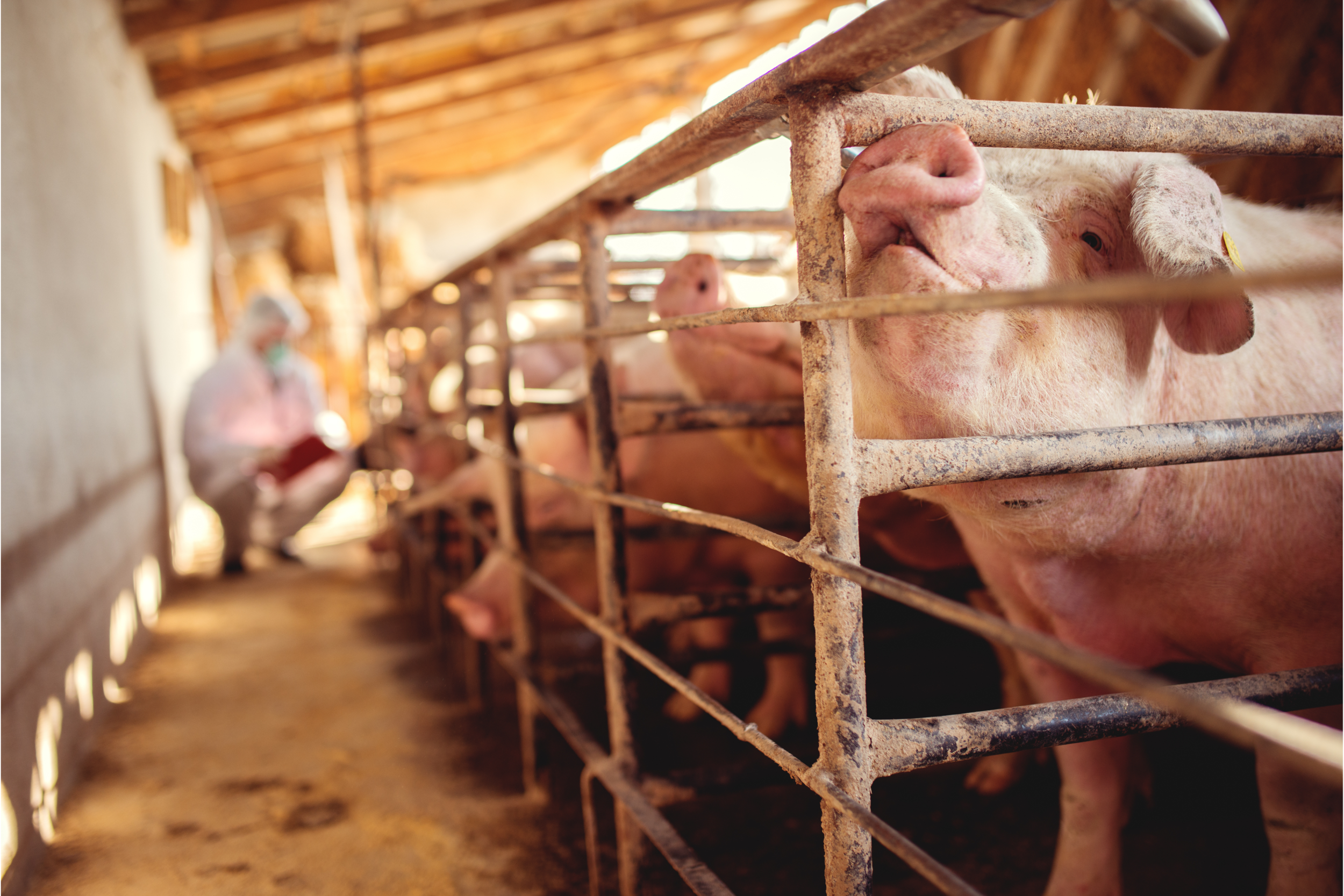How can the amount of swine research be increased?

How can be ensured that more swine research is published, and that the results are shared with as many industry decision makers as possible?
That is critical, says a team of North American swine researchers. “Improving the availability and access to research will benefit the entire swine industry. It will also help maximise the value of the research investment. Research is the cornerstone of evidence-based decision making. However, information is only valuable if it is available.”
This team, which spans University of Guelph, Michigan State University and the University of Arizona, recently published a paper on this topic in the Journal of Swine Health & Production of the American Association of Swine Veterinarians (AASV).
Research result sources
Journal articles are the most common source of information for swine veterinarians, notes this team. Research findings are also presented at conferences, but not all of these findings make it to journals. However, the team notes that “presentation of research at conferences is important, as this provides a means of early dissemination of results, and as a forum to obtain input on findings and generate awareness.”
Accessibility
The team also notes that “large volumes of articles are published every year, and it can be a challenge to find all the literature on a specific subject.” In addition, some journal articles may not be accessible due to language barriers. Also, only some journal articles are open access. Some require payment, and some are only open to association members.
A test
Looking at accessibility of conference proceedings, the team did an interesting test. They chose 2 important swine health topics – the efficacy of preventive antibiotics to reduce respiratory disease in swine, and vaccines targeted to bacterial respiratory pathogens. They found 182 articles on these topics, and most of them – 105 – were published in conference proceedings.
7 conferences were represented, including the AASV Annual Meeting, Asian Pig Veterinary Society Congress, International Pig Veterinary Society Congress, International Society for Veterinary Epidemiology and Economics, International Symposium on Emerging and Re-emerging Pig Diseases and the European Symposium of Porcine Health Management.
Of these 7 sets of proceedings, only 4 sets were accessible. 2 were not available online and the other one was available to members only.
Getting more results published
A lot of research is not published, notes the team, because of time scarcity and fear of rejection. Those doing research “may also be hesitant to submit the results of trials where the results were not statistically significant. However, not submitting study results for publication is problematic because it may lead to unnecessary duplication of efforts. It also wastes limited resources, and potentially results in a loss of trust in the integrity of research conducted.”
Private research
This team also notes that a “considerable” amount of swine research is done by pharmaceutical companies on private farms or within large production systems. The results are deliberately not published for proprietary reasons or for competitive advantage.
Research in emergencies
During times of swine industry crisis, it is imperative that research findings are made available quickly for rapid decision making. This may happen even if the results are not final, says this team. Spreading the knowledge of what specific studies are being done during a crisis also matters.
For example, during the recent emergence of porcine epidemic diarrhea (PED) in North America, funding organisations, such as the National Pork Board, publicly promoted titles of funded projects, to increase awareness of pending research, identify remaining knowledge gaps and avoid unnecessary duplication.
Incentives to publish also may come from the consumers of research; as evidence-based medicine continues to evolve, veterinarians and practitioners may expect a higher standard for research availability
How to increase research availability and accessibility
This team presents several possible solutions to increase publication of research. One idea is to “increase collaborative opportunities between academics and others in the design, conducting and dissemination of research.”
They also note that “incentives to publish also may come from the consumers of research. As evidence-based medicine continues to evolve, veterinarians and practitioners may expect a higher standard for research availability.”
Funding agencies could also “assist by linking funding to publication of results. If publication is not possible, they could post full methods and results of their research on a publicly accessible site.”
The team also thinks “organisations involved in research should promote open-access publication and researchers should include possible open access fees into grant applications. While being aware of copyright obligations, researchers should take advantage of new options for publicly disseminating research articles free of charge.”











